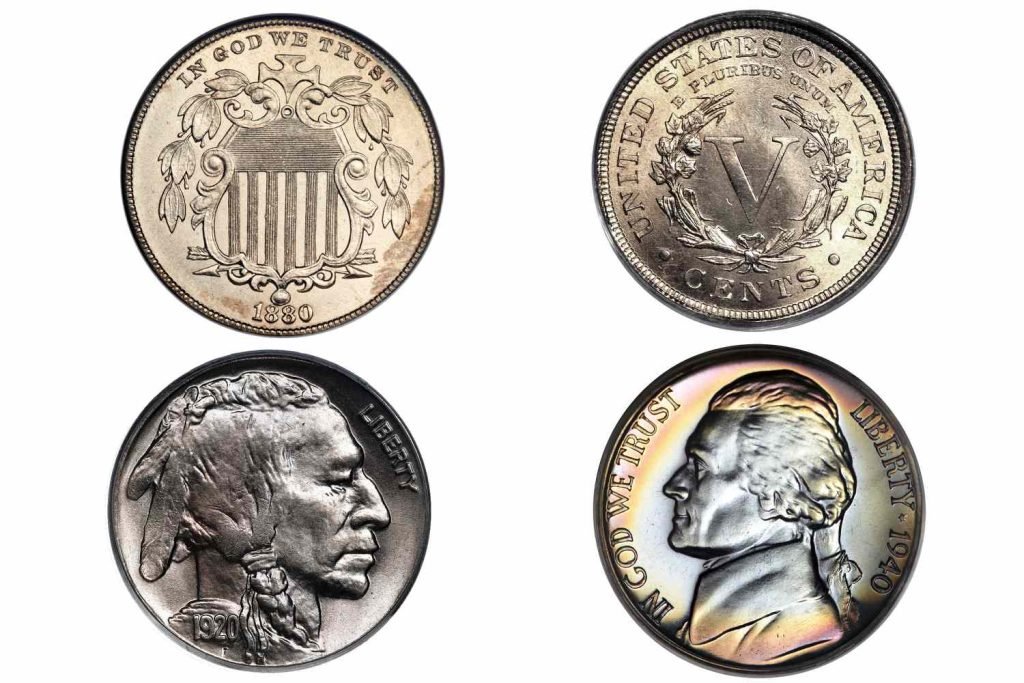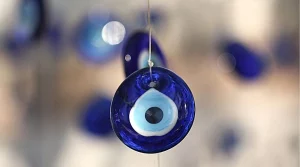How Much Are Nickels Worth

Did you know that a nickel may be worth more than just five cents? In fact, some rare and valuable nickels can fetch prices of thousands, even millions of dollars! While most people overlook these seemingly insignificant coins in their pockets or coin jars, collectors and numismatists are constantly on the hunt for these hidden treasures. So, before you dismiss those nickels as mere pocket change, buckle up and join us on a thrilling journey through the world of nickel collecting – where a simple five-cent piece might just turn out to be your ticket to fortune!
Composition And Physical Characteristics Of Nickels
Nickels, the smallest in size among all US coins currently in circulation, are made up mostly of copper and a small amount of nickel. The composition of this coin has evolved over time, as it has undergone changes to enhance its durability and reduce costs. Originally introduced in 1866, the nickel was made entirely of 75% copper and 25% nickel. However, during World War II, due to the shortage of nickel caused by its high demand for making weapons, the composition changed to 56% copper and 35% silver with an outer layer of pure copper.
Apart from its changing composition over the years, another curious aspect about nickels is their physical characteristics. Weighing approximately five grams with a diameter of just under one inch, nickels feel light but sturdy when held between your fingers. The coin’s smooth edges make it easy to handle and harder to counterfeit compared to other unserrated coins like dimes or quarters. Moreover, the tactile texture on either side provides a unique sensory experience that distinguishes nickels from other coins’ designs.
By understanding both the composition and physical characteristics of nickels, we gain valuable insight into not only their intrinsic value but also their significance within our everyday lives. From understanding how these coins change hands in daily transactions to appreciating their historical evolution through wartime shortages – each element adds depth to our appreciation for what might otherwise be seen as mere pocket change. Next time you hold a nickel in your hand or receive one as part of your change
Factors That Affect The Worth Of A Nickel
- One might assume that the worth of a nickel is constant; after all, it is just five cents. However, several factors can significantly affect the value of this seemingly insignificant coin. First and foremost, the year of mintage plays a crucial role in determining its worth. For instance, older nickels, such as those minted before 1965, are composed of silver and have a higher intrinsic value than their modern counterparts.
- Furthermore, the condition of a nickel greatly impacts its overall worth. Coins with minimal wear and tear tend to be highly sought after by collectors and may fetch higher prices than those that show signs of heavy circulation.
- Moreover, any unique characteristics or design errors present on a particular nickel can also increase its value significantly in the eyes of collectors.
Interestingly enough, even regional demand can influence the worth of nickels. Certain coins may hold greater value in specific areas due to local interest or historical significance linked to their design or minting location. Consequently, a nickel’s true worth extends beyond just its face value and includes these various factors that add intrigue and excitement for numismatists seeking to uncover hidden gems within their modest collections.
Collecting And Investing In Nickels
One of the most overlooked coins in the collecting world is the humble nickel. While many collectors focus on rare gold or silver coins, nickels can offer unique and lucrative opportunities for those with a keen eye. Aside from their face value of 5 cents, nickels have historical significance, artistic beauty, and hidden treasures that make them worth exploring as an investment.
In addition to their numismatic value, some nickels are made from special compositions or have limited mintages, which can significantly increase their worth. For instance, certain wartime Jefferson nickels were produced with a silver alloy due to copper shortages during World War II. These silver war nickels are highly sought after by collectors and can fetch premiums well above their face value. By researching and identifying these hidden gems within your collection or hunting for them at coin shows or online auctions, you may stumble upon untapped potential.
Moreover, investing in nickels can be an affordable way to diversify your portfolio and explore new avenues of growth. With economic uncertainty looming large today, many investors seek alternative assets that hold intrinsic value beyond paper currency. Nickels provide tangible assets that are easily obtainable without breaking the bank compared to other precious metals like gold or platinum. By building a diverse collection of valuable coins over time and leveraging market trends in numismatics, investors stand to benefit from potential appreciation in both metal content and collector demand.
Conclusion:
Despite their small size and seemingly insignificant value, nickels hold a surprising amount of enduring worth. While they may not have the same allure as silver coins or paper money, nickels offer a unique historical narrative encapsulated within each coin. The designs on the nickel, such as Thomas Jefferson or the American bison, serve as reminders of our nation’s history and culture. These images create a connection between past and present, reminding us of the values and ideals that shaped our society.
Moreover, nickels also possess an intrinsic value that transcends their face value. Made primarily from copper and nickel alloys, these coins have shown to be highly resistant to wear and corrosion over time. This durability ensures that even after decades or centuries in circulation, nickels retain their original form and physical integrity. Such stability adds to their lasting appeal in numismatic communities where collectors search for well-preserved specimens.
Ultimately, it is this combination of historical importance and compositional integrity that makes nickels more significant than meets the eye. So next time you come across a nickel in your pocket or find one hiding among loose change at home, take a moment to appreciate not just its monetary value but also the story it carries with it—a story about who we are as a nation and how something so small can endure through time.





